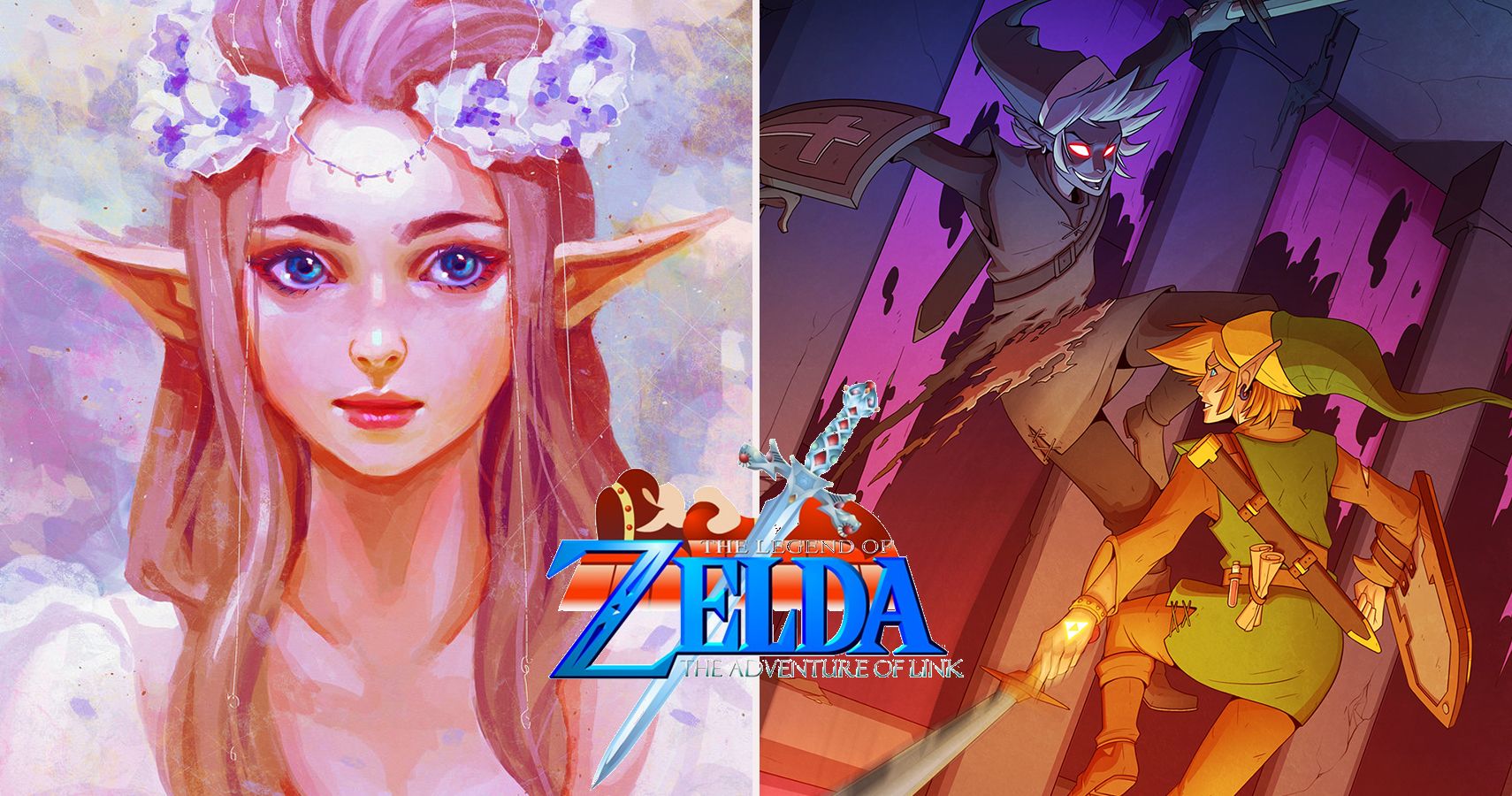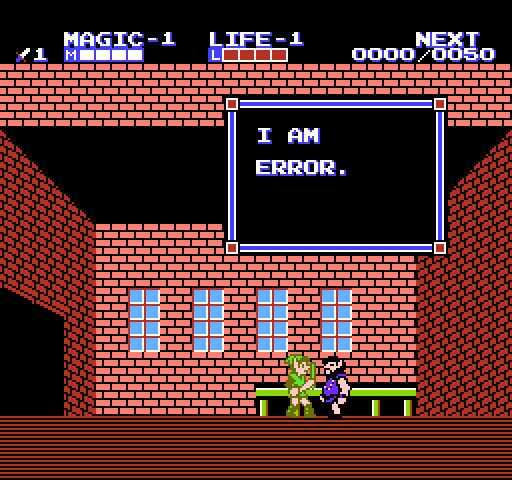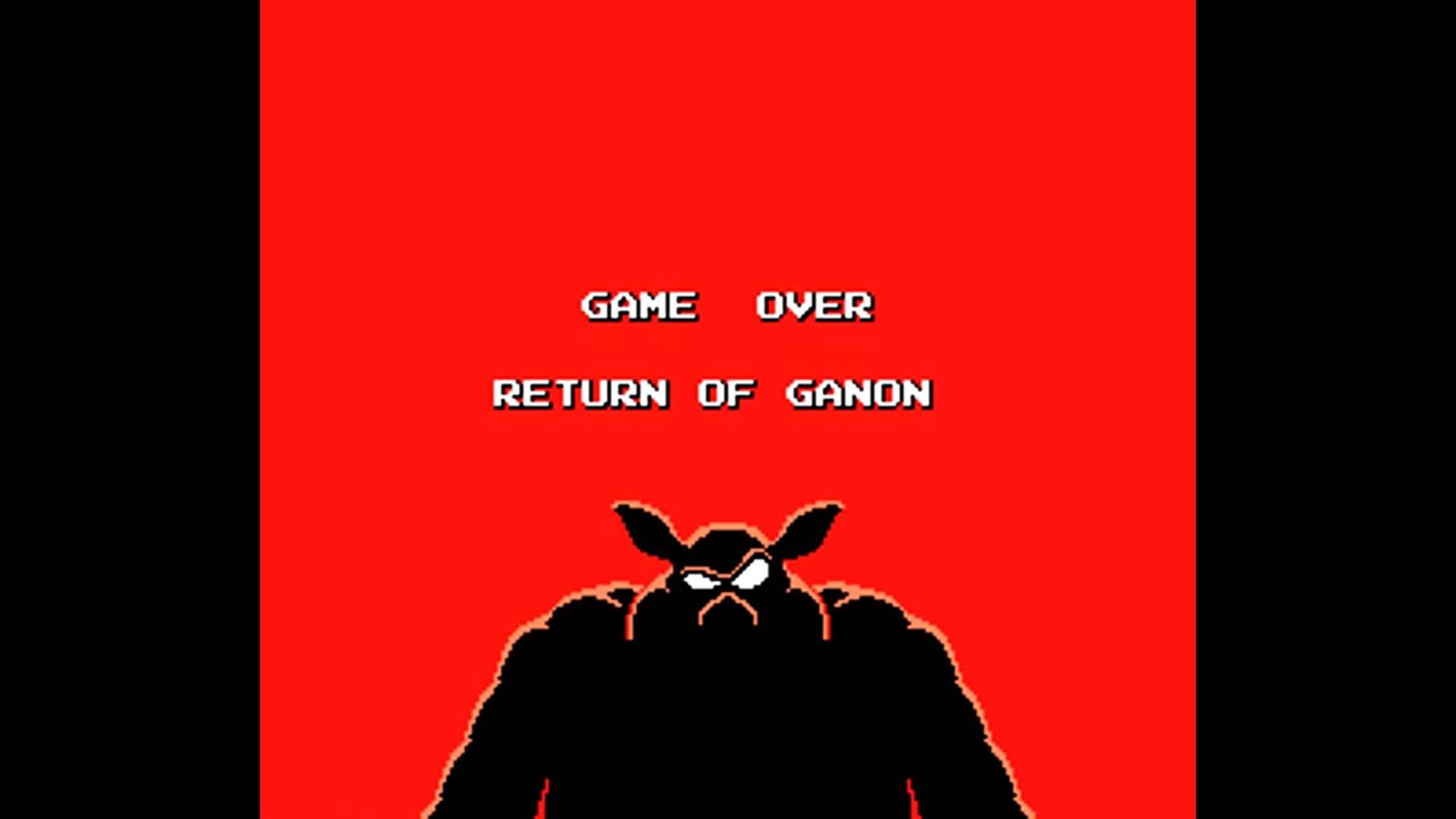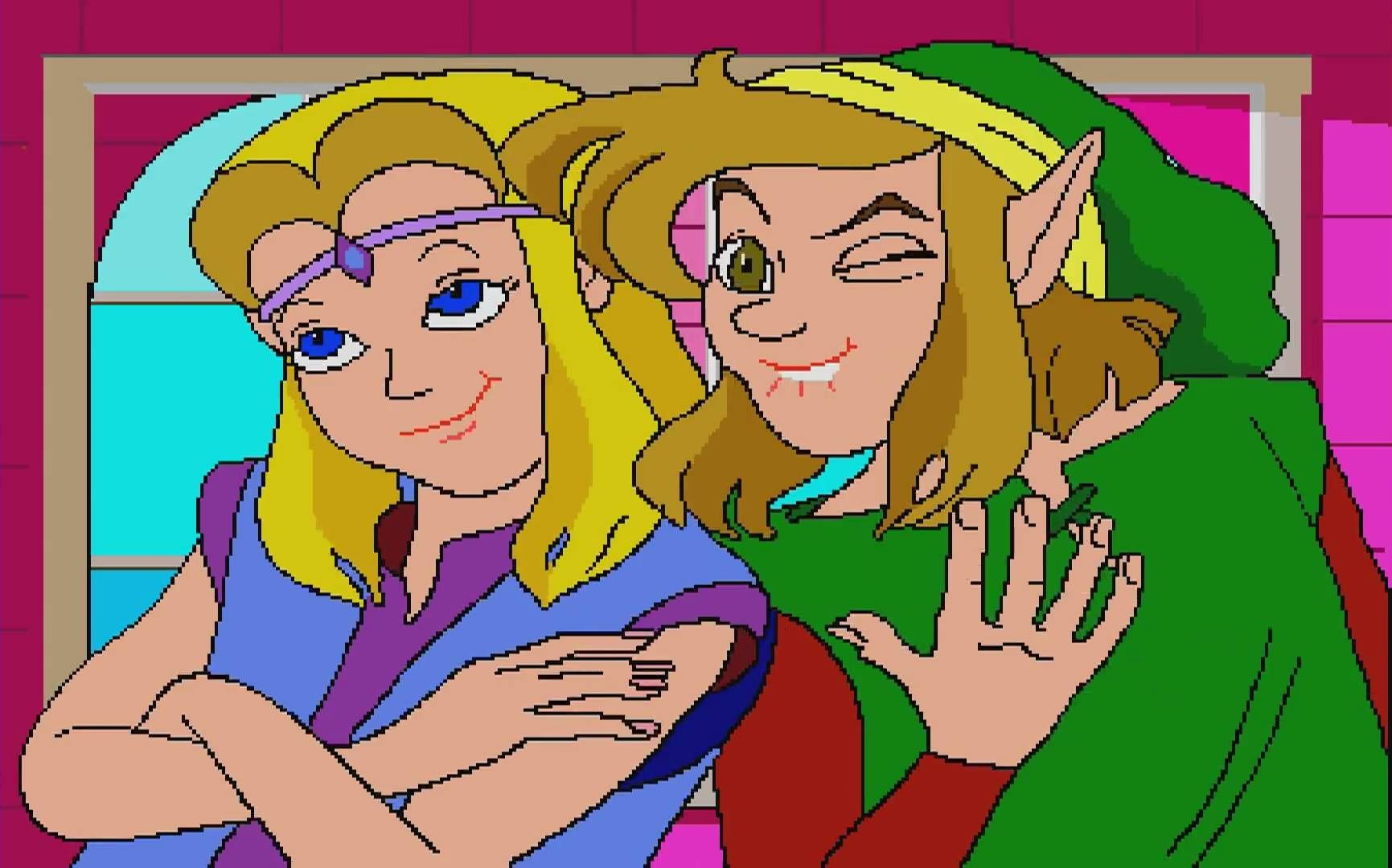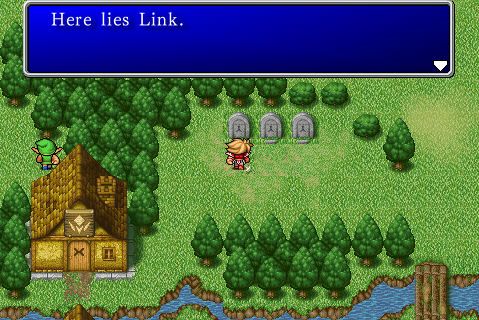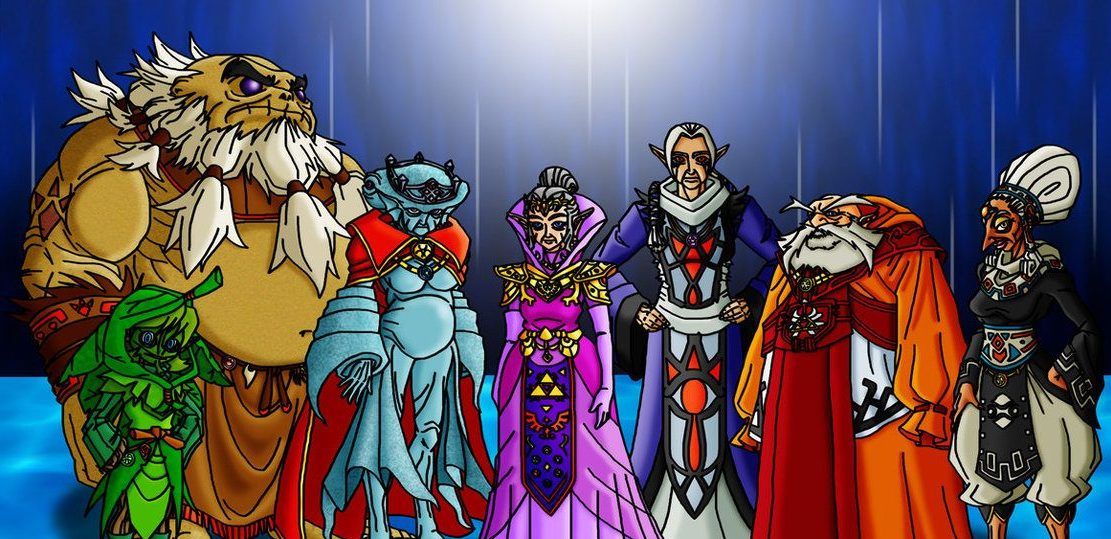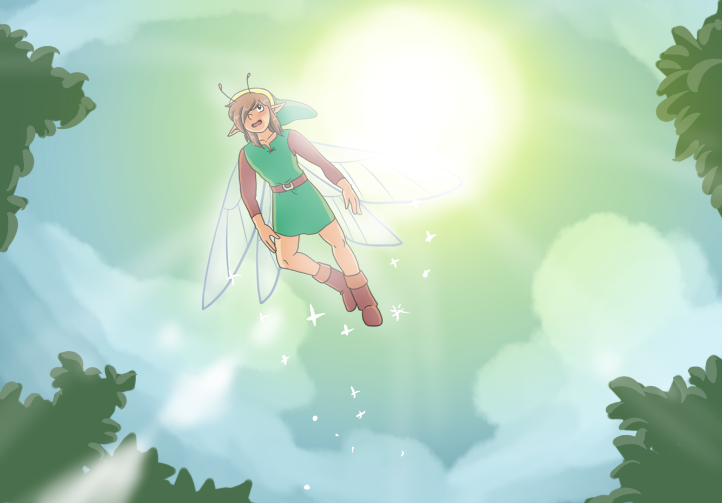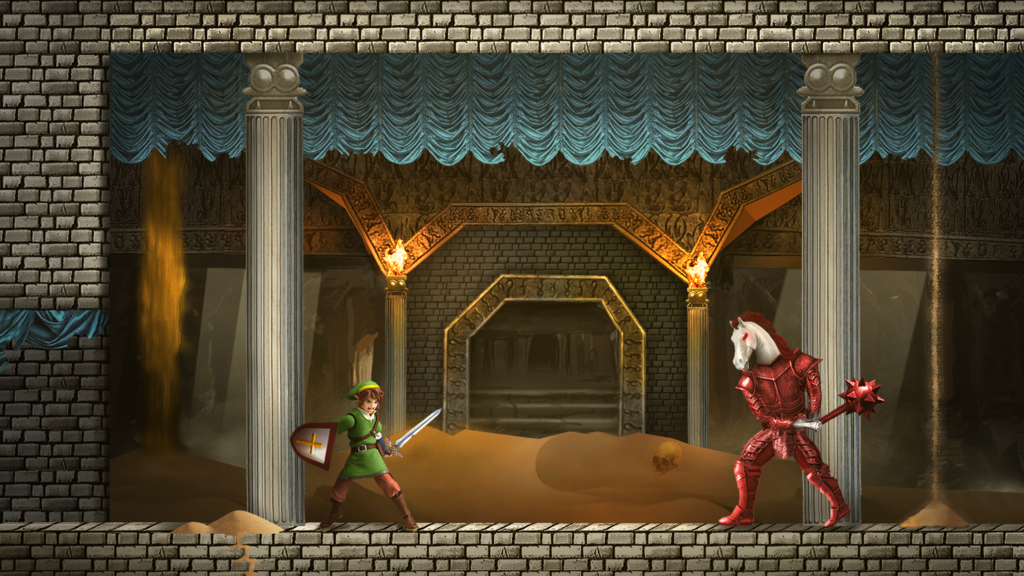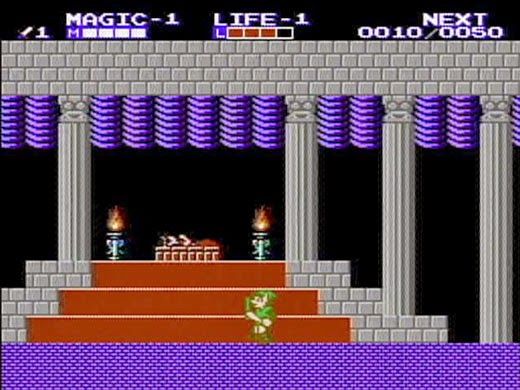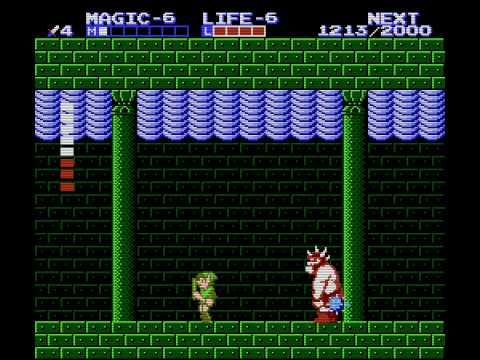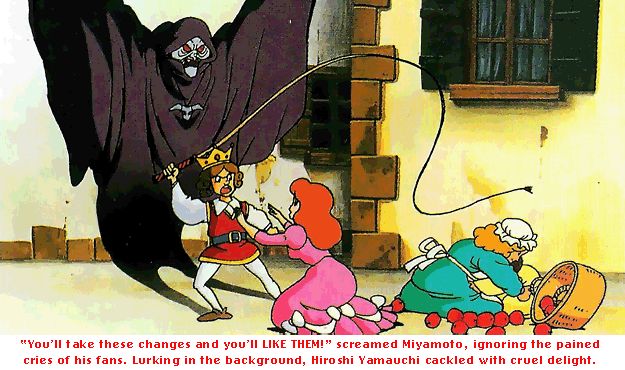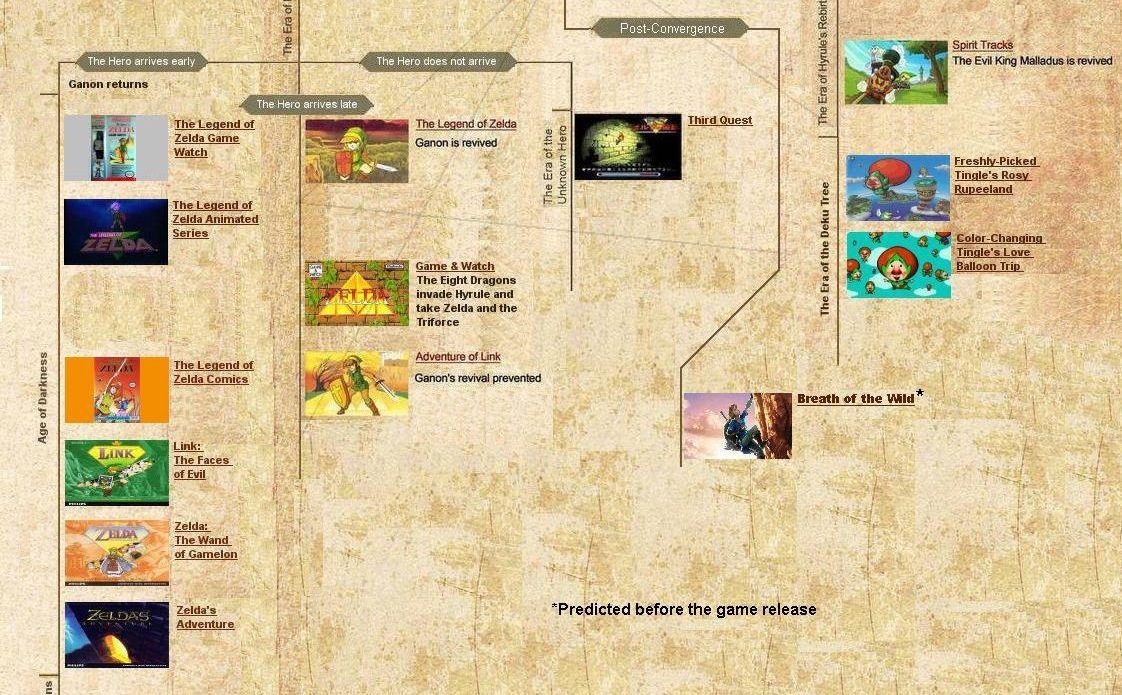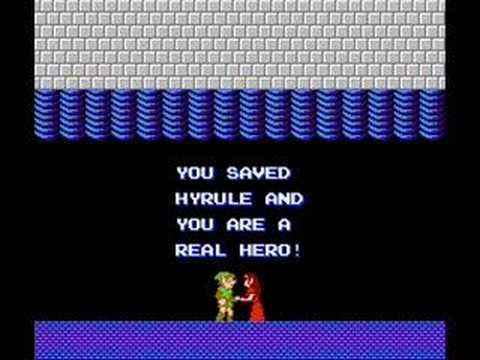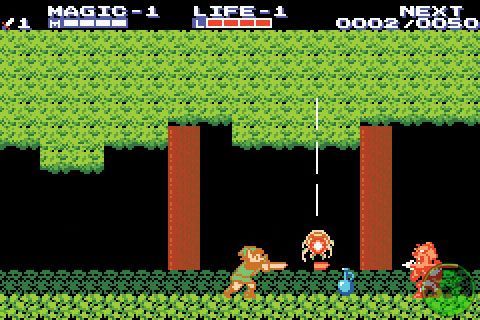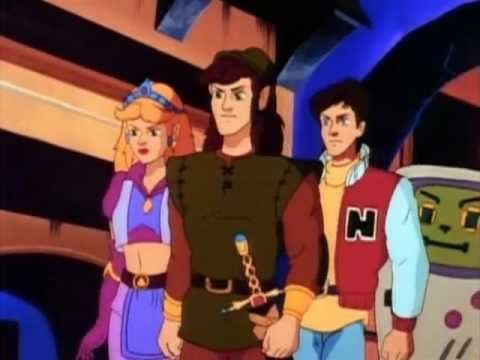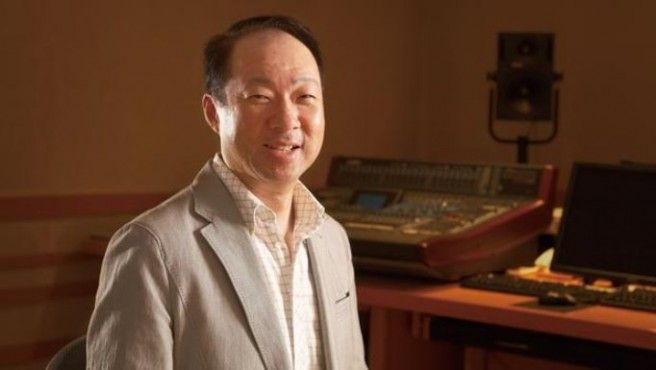There’s no disputing the crazy amount of critically acclaimed games in The Legend of Zelda series. From its early days on the Nintendo Entertainment System to its latest foray on the Nintendo Switch, The Legend of Zelda is one of the few gaming franchise you can always count on in delivering an entertaining gaming experience. This wasn’t always the case.
Back in late 80s, Nintendo’s follow-up to The Legend of Zelda on the NES, called Zelda II: The Adventure of Link, received mix reviews for doing away with the top-down adventure formula of the original, in favor of 2D platforming journey. A journey that was shrouded in confusing mysteries to uncover for players that didn’t own a copy of Nintendo Power. The radical experiment with the Zelda series, while appreciated, wasn’t welcomed as warmly as the first game.
While it’s understandable why Nintendo never went back to the Zelda II style of gameplay, there’s still a lot to love about the black sheep of the Zelda series. More importantly, Zelda II has a lot of interesting tidbits that many gamers may not know about. Below are 15 things you never knew about the miserable Zelda II: The Adventure of Link. Enjoy!
15 I Actually Am Error
For years many assumed the infamous “I am Error” quote was nothing more than a glitchy response to Link, but that’s not actually the case. The man who speaks this famous internet meme in the Town of Ruto is actually named Error. There’s a similar character in the Water Town of Saria whose name is “Bagu,” the Japanese word for “bug.” With two men named “Error” and “Bug,” it’s safe to assume this was a funny reference from the developers about error messages and software bugs. The "I Am Error" quote remains amusing, but know you now that it was intentionally and not a strange glitch in the system, or a poor translation of dialogue in the game. So, feel free to continue sharing those Zelda II memes online.
14 Wait, Why Do I Know That?
If you thought Ganon’s laugh during the Game Over cutscene sounded familiar, that’s because it is. Ganon’s laugh, heard after the player loses all his lives, originated in Punch Out for the NES. The laugh is an altered sound clip from Soda Popinski's laugh after he wins by knockout. This isn't an uncommon trick. Video game developers will often alter previous sound clips for minor or major characters, in an effort to save time and money. For example, Boo's creepy laugh in Super Mario 64 is actually a speed up version of Bowser's laugh. Of course, the average Joe wouldn't be able to notice this at first glance. So, it speaks to the talent of these developers that they can reuse old assets and turn them into completely new things.
13 And You Thought THIS Game Was Bad...
While Nintendo never made another 2D Legend of Zelda game after The Adventure of Link, there have been other games in the franchise that continued the side-scrolling action. Link: The Faces of Evil, Zelda: The Wand of Gamelon and Zelda's Adventure were 2D games developed exclusively for the Philips CD-I system. These game, however, were critically panned for their horrid gameplay and laughable cutscenes. The Philip CD-I games are also not recognized officially by Nintendo, so they might as well not exist at all. Philip's didn't just make bad Zelda games, though. The company also made the infamously bad Super Mario game called Hotel Mario, which is more known for its atrocious animation and meme templates than actual good gameplay. With bad games like these, the Philip CD-I did not live a long and gracious life.
12 I Scratch Your Back, You Scratch Mine
In the Japanese version of the game, a grave found in Saria Town reads “The Hero Loto rests here." The name “Loto” is a reference to the Japanese name of the legendary Dragon Quest hero. Square Enix returned the favor in Final Fantasy by placing "Here lies Link" on a grave in the town of Elfheim. The original North American release of Final Fantasy on the NES didn't contain this reference, however, as the English translators changed it to "Here lies Erdrick," which is the English name of Loto from Dragon Quest. Later ports of Final Fantasy on the Game Boy Advance, iOS, and PSP did restore the Zelda reference back in the game. The screenshot above is from the PSP port of Final Fantasy.
11 Which Came First?
Do the names of the towns in Zelda II: The Adventure of Link sound familiar? They should. The towns are named after the sages in the The Legend of Zelda: Ocarina of Time for the Nintendo 64: Rauru, Ruto, Saria, Mido, Nabooru, and Darunia. The only exception to this is Mido, who is only a side character in the Ocarina of Time. There is speculation that Mido may have been planned to be a sage in the N64 game; a possible fit for the Earth Temple or Wind Temple that were cut from the game. While Zelda II obviously inspired the names of the sages in Ocarina of Time, chronologically, the sages from Ocarina of Time inspired the names of the towns in Zelda II.
10 Who Needs Keys?
Can’t find a certain key to help you progress through the game? It’s possible to bypass all that locked door nonsense by implementing a little bit of magic. By turning into a fairy, Link can fly through any keyhole. You will have to get the fairy transformation move first, though. This is a great trick for anyone planning to speedrun this game. Or, for anyone stuck in an unbelievably hard dungeon. There's no shame in using this trick. Even for Zelda experts, Zelda II: The Adventure of Link can be a frustrating experience, as so many crucial details for completing it are only vaguely told to the players. So, bypassing a few locked doors like you were a thief in Fallout ins nothing to be ashamed about.
9 No More Flashing Colors
The original release of the game featured flashing colors after the player has died. The seizure-inducing animation was toned down significantly in the re-release for the Virtual Console. A solid red background now takes it place. After the anime Pokémon seizure fiasco, Nintendo doesn’t need another incident like that on its hands. If you ever wondered why modern video games from Nintendo often open up with a brief health warning, games like Zelda II: The Adventure of Link are reason why. If you somehow find an NES copy of the game, try not to stare too closely on the screen and avoid getting a Game Over as much as you can during your playtime. Although, considering the game's difficulty, is probably just a pipe dream.
8 A Good Reason For A Delay
The Adventure of Link was released in North America on October of 1988. However, the game was originally set for a February release date. Why the eight month delay? The chip famine of 1988 hindered production of the game. This was even mentioned in the June/July issue of Nintendo Fun Club (a predecessor to the Nintendo Power magazine). "Where's Link?,” the magazine stated. “All the fun of The Legend of Zelda continues in Zelda II: The Adventure of Link, right? Right! But when? As soon as we can get more computer chips! There has been a shortage. But we have used the waiting time well by making Zelda II: The Adventure of Link an even more exacting, more challenging game... coming this fall!"
7 America Really Got The Short Stick
The North American version of The Adventure of Link had numerous changes from its original Japanese release. One glaring example is the arrangement of bosses. The Japanese version had Helmethead as the boss of the fifth dungeon, but the North American release moved him to the second palace. For the fifth dungeon boss, Nintendo of America made a new enemy named Gooma, who is basically a troll with a mace. There's no official statement as to why Nintendo of America would rearrange certain enemies in The Adventure of Link, however, popular speculation suggests the company wanted to adjust the difficulty for North American players. Not a surprising move, as Nintendo of American previously withheld the real Super Mario Bros 2 (known as Super Mario Bros.: The Lost Levels in U.S.) because of its increased difficulty, and released a new Mario game in its place.
6 It Was Supposed To Be So Much More
Shigeru Miyamoto, the famous game designer behind the Legend of Zelda series, doesn’t have a lot to regret in his video game career. One game he wish he could have spent more time with, however, was Zelda II: The Adventure of Link. In an interview with Kotaku’s Stephen Totilo, Miyamoto expressed regret about not doing more with the NES Zelda sequel. “When we're designing games, we have our plan for what we're going to design but in our process it evolves and grows from there,” he told Kotaku. “In Zelda II: The Adventure of Link, unfortunately all we ended up creating was what we had originally planned on paper.” He expressed his desire for improving the game's performance on the NES and wishing for bigger and badder enemies.
5 Well, Maybe It's Not Its Fault That It Sucks
According to the Zelda Timeline in the Hyrule Historia book, the first and second NES Zelda games take place in the dark future. Categorized as the Decline Timeline, The Adventure of Link takes place in an alternate reality where the Hero of Time failed to defeat Ganon in Ocarina of Time, leaving Hyrule in ruins. It explains why there are so few towns and villages in the NES Zelda games; they’re hiding out from Ganon’s cruel rule. It's actually really interesting looking at the chart and seeing where your favorite (or least favorite) game fits in the timeline, and it gives a bit more of a sense of coherency to the series that just wasn't there before. We always suspected that the games might have been more connected than we knew...
4 Saving Hyrule... In Less Than Half An Hour
What’s the fastest time for beating Zelda II: The Adventure of Link? According to Speedrun.com, speedrunner Opus completed the game in 18m07s. Wow. That’s fast! Hailing from Ohio in the United States, Opus did the run while streaming live on Twitch, so that his dedicated followers (and anyone else who was interested in seeing someone attempt to beat the previous record) could follow along. Opus also holds first place in speedrunning for Final Fantasy Adventure on the Game Boy, and second place for Gemfire on the SNES. He describes himself as a retro gamer, and that's definitely evident when looking at his other attempts at speedruns. Now that's dedication!
3 Leading The Way... With No Followers
The Adventure of Link introduced a plethora of new ideas into the series; ideas that haven’t reappeared in future games. The leveling-up system, which made Zelda II play more like a traditional RPG, has yet to return in any of the 3D Zelda games. The same is said for the extra lives system, but that’s because the side-scrolling format of Zelda II required it, like other platform games such as Super Mario Bros. Modern 3D platformers and action-adventure games, however, have done away with that mechanic. Lastly, Zelda II is the first English release in the series that didn’t have “The Legend of Zelda” in its title. Presumably, this was done to save space for its subtitle. Who knows, maybe one day a new Zelda game will bring these features back.
2 This Isn't The Cartoon You're Looking For
It’s no surprise that the animated adaptation of The Legend of Zelda cartoon by DIC Entertainment borrowed some elements from the game (and did away with others), however, The Adventure of Link did inspire an episode of Captain N: The Game Master, which was also produced by DIC. In the episode, "Quest for the Potion of Power,” Link and Princess Zelda ask Kevin and the N Team for help, as someone is trying to revive Ganon using a special potion from Rauru Town. This is similar to the storyline of Zelda II, as the followers of Ganon are trying to resurrect their master by killing Link and spreading his blood over their master’s ashes. Darker, but still similar. DIC Entertainment also made The Super Mario Bros. Super Show!
1 You Don't Know Him... But You Do
From 1986 to 2009, famed game composer Koji Kondo scored almost every Legend of Zelda game. The Zelda game he didn’t compose for was Zelda II: The Adventure of Link. However, the overworld theme Kondo composed for the series influenced the theme for the NES sequel. Akito Nakatsuka, who also composed music for Ice Climbers, was the musical composer for Zelda II. Zelda games aren't the only thing Kodo composed for Nintendo. He's done music for Punch-Out, Super Mario Bros, Pilotwings, and Star Fox. The most recent example of his work is the critically acclaimed Super Mario Odyssey for the Nintendo Switch. For the latest Zelda game, The Legend of Zelda: Breath of the Wild, the music was composed by Manaka Kataoka and Yasuaki Iwata.

